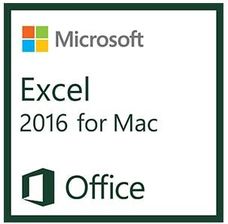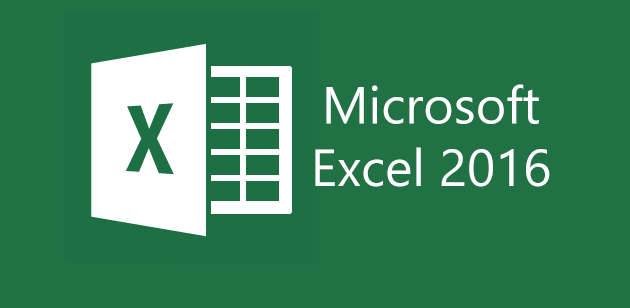

(Do it twice when writing this formula: once to insert the units name and once to insert the dates name.)

Or press the F3 key on the keyboard (Fn + F3 on the Mac) to display the Paste Name box: a list of all range names on the sheet.ĭouble-click the one you want. When you start typing a name, Excel displays a list of hints. Hint: you don’t have to type the range names manually. =FORECAST.LINEAR(A34, units_sheet_1, dates_sheet_1) (If you want, click one of the names to select its range.)Ĭlick in B34 and calculate the first forecasted units, which is for June 2017. You can see all the range names for this workbook by clicking the Name Box in the upper left corner of the sheet. To make the calculations easier, I gave these range names of dates_sheet_1 and units_sheet_1. On this sheet, the range of current sales is A5:A33 and the current dates are in B5:B33. The syntax of a straight line forecast is: =FORECAST.LINEAR(date to forecast to, range of current sales, range of current dates) We want to know what the units sold will be for June through December. The last date for which we have data is May 2017. You need dates and their corresponding numbers for all the forecasting functions. The sheet has two columns of monthly data: dates and units sold. This type of data doesn’t have a cycle, which means the sales don’t depend on the time of year. The workbook has two tabs: straight line and seasonality.
#Microsoft excel for mac 2016 zip file
If you'd like to follow along, download this zip file and extract the workbook from it: The Forecast Sheet chart isn’t available on the Mac edition of 2016, but you can still create a regular chart.
#Microsoft excel for mac 2016 windows
Once you have the results, you can create a chart in the Windows version that shows the forecasts and expected margins of error. These work the same in both the Windows and Mac versions of Excel 2016. The older FORECAST function still exists for compatibility with worksheets created in older versions, but if you’re creating a new sheet, you’ll want to use one of these…įORECAST.LINEAR: creates a straight-line forecastįORECAST.ETS: estimates a trend using seasonalityį: shows the length of a seasonal cycleį: the confidence interval of the estimateį: calculates 8 statistical algorithms Excel 2016 has a handful of new functions to help you forecast numbers – typically sales data – more accurately than before.


 0 kommentar(er)
0 kommentar(er)
